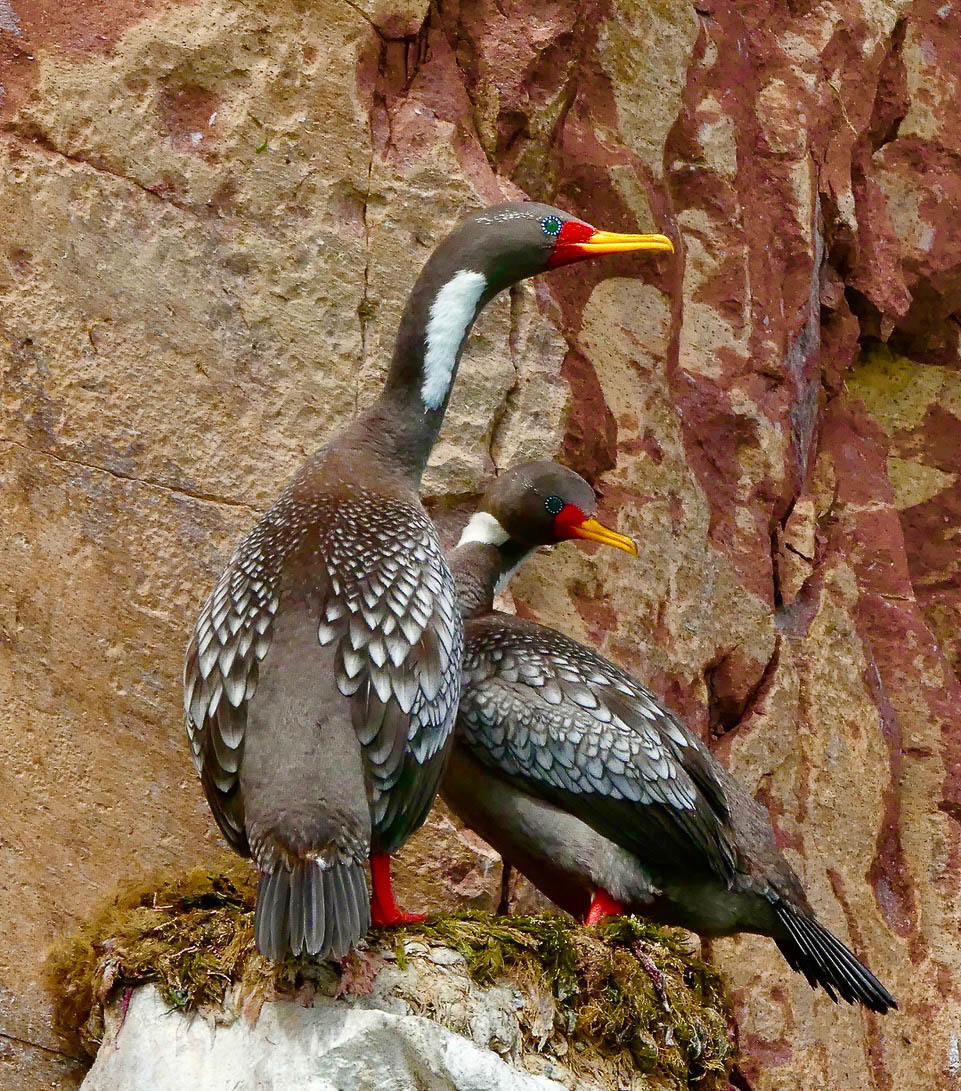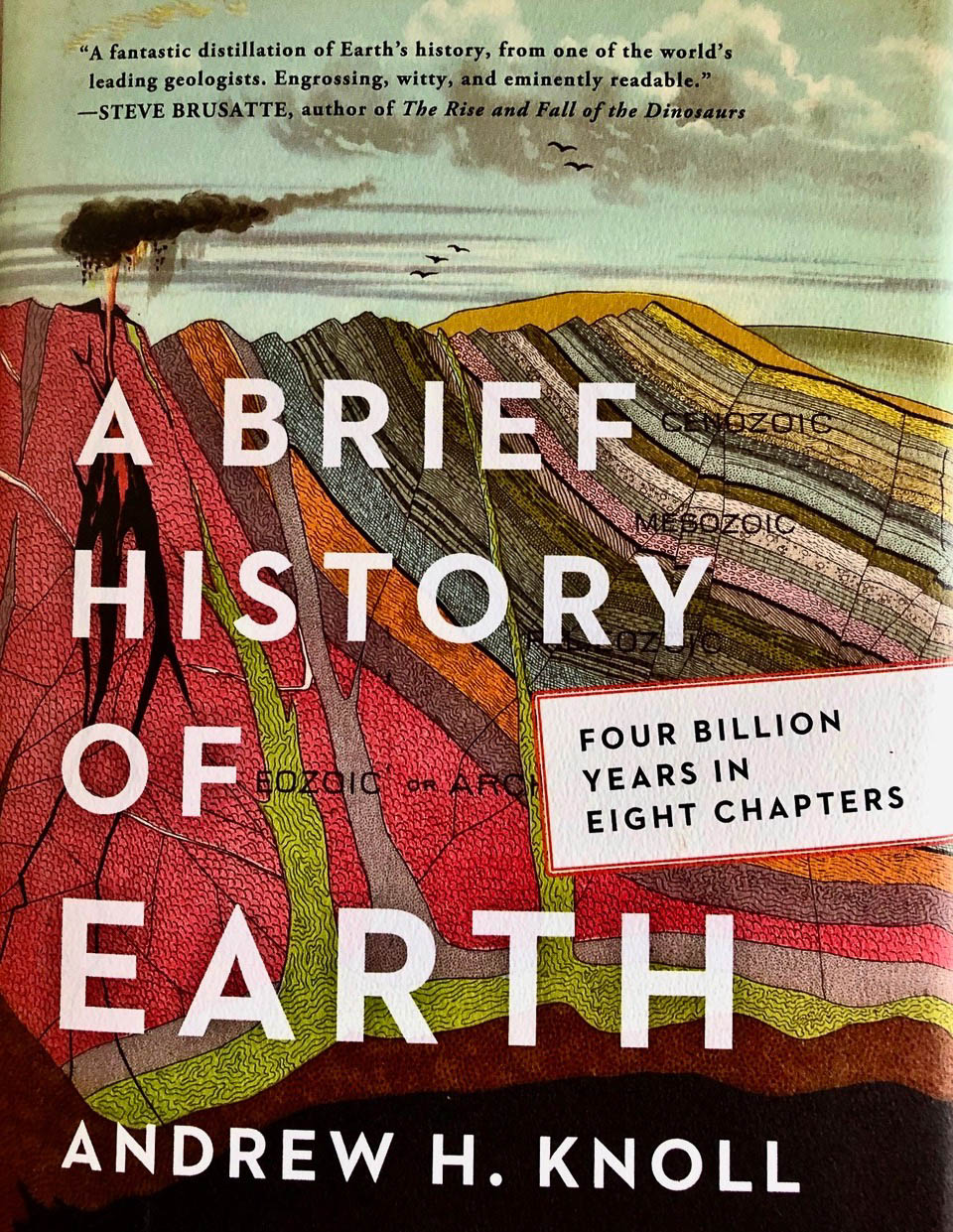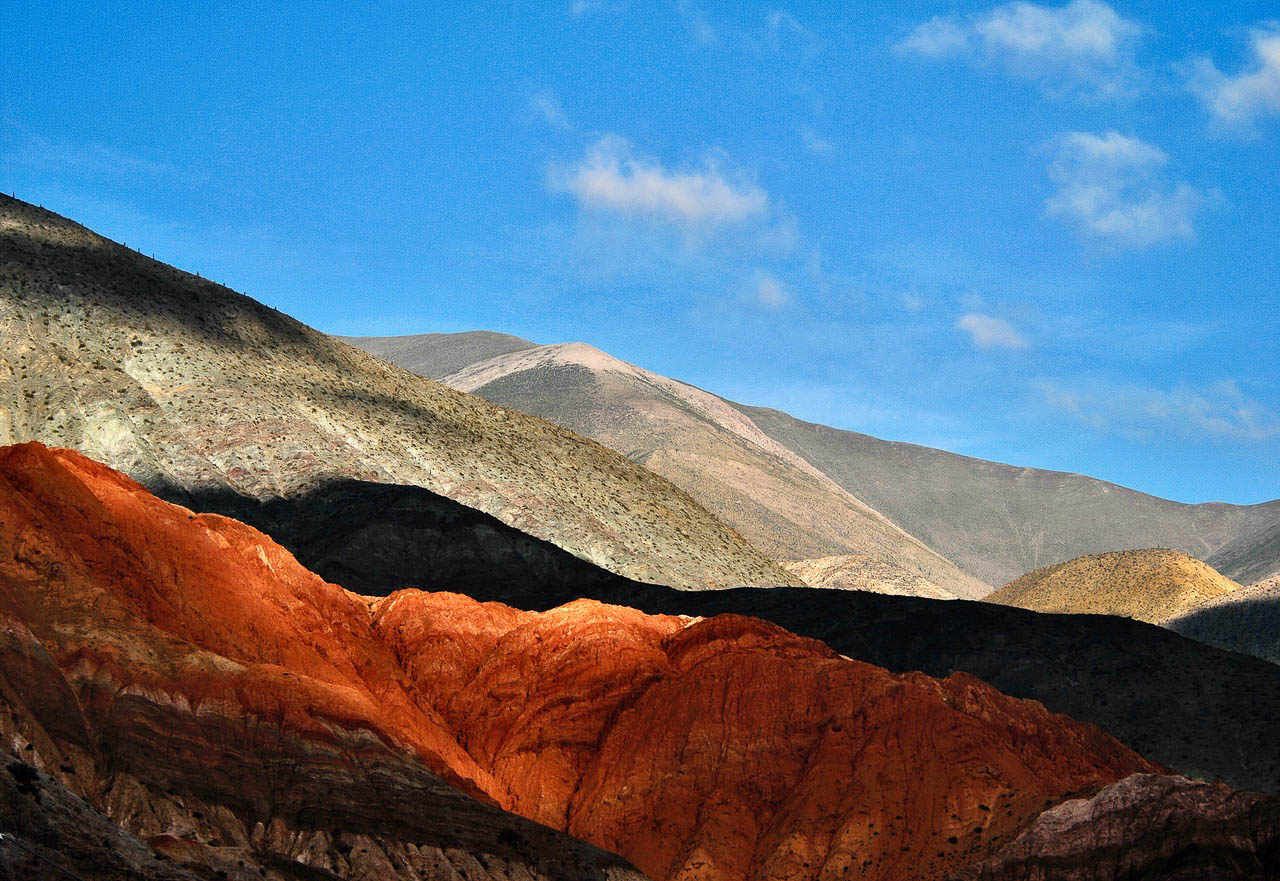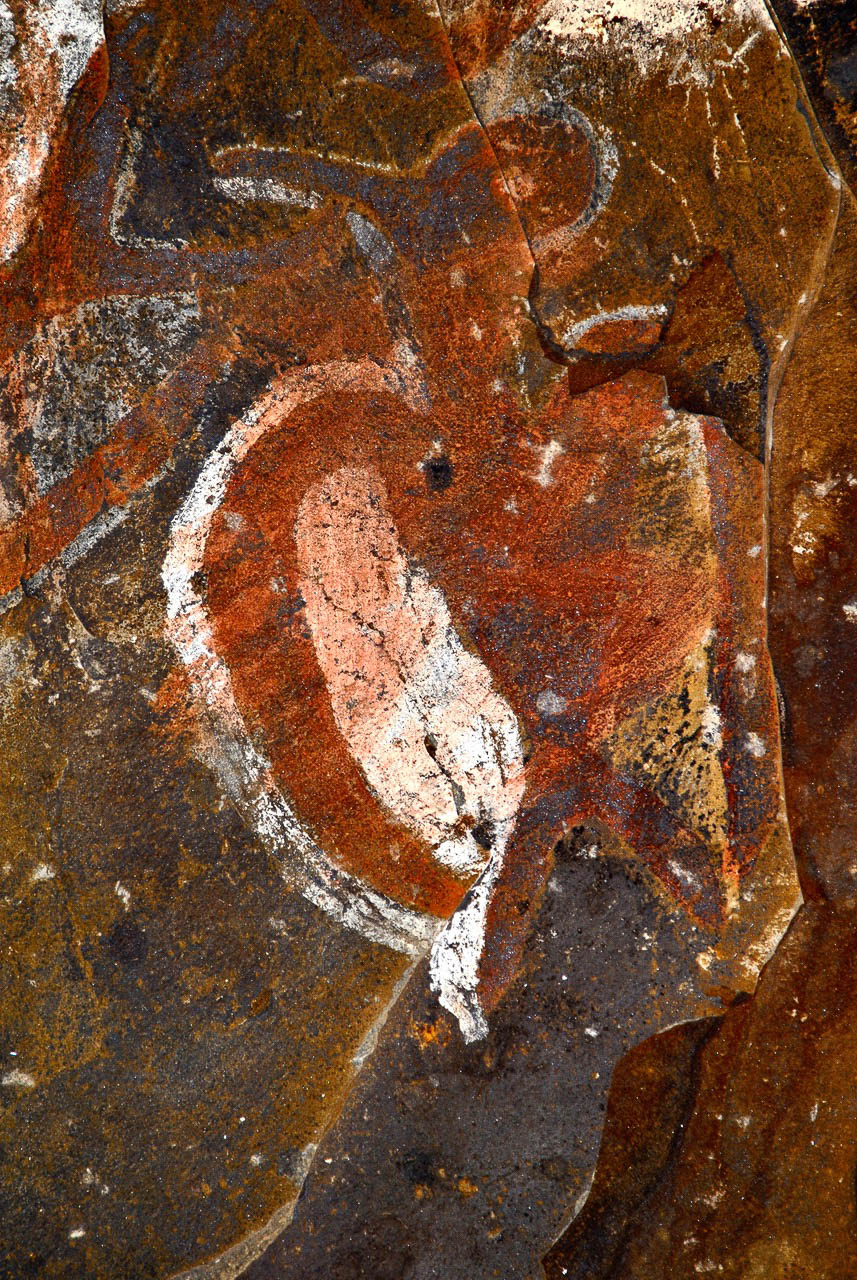ePostcard #149: A Naturalist’s Bookshelf
Photo Credits: All photos courtesy of Audrey DeLella Benedict and they were taken on Cloud Ridge Naturalists trips. These are Red-Legged Cormorants at their nest on a cliff near Puerto San Julian in Argentine Patagonia. When the geology is as vibrantly colored as the birds are you can’t help but be reminded of the extraordinary beauty of our planet.
A NATURALIST’S BOOKSHELF
I subscribe to the stewardship vision best expressed by the great Senegalese environmentalist Baba Dioum—we are moved to conserve what we understand and love. We have arrived at a juncture where we must make crucial decisions about the paths we will follow in coming to terms with the Anthropocene and our role in unraveling the biodiversity we all cherish. Every so often, in researching the topics for our ePostcard series, I discover a book that deserves special mention for the sheer pleasure of reading good writing interwoven with excellent science. I’ll be interspersing A Naturalist’s Bookshelf whenever thematically appropriate in our ongoing ePostcard series. My intent is simply to introduce books that I think you will enjoy.
BOOK OF THE MONTH
A Brief History of Earth: Four Billion Years in Eight Chapters, by Andrew H. Knoll (2021, Custom House, a Division of HarperCollins Publishers)
I often struggle in trying to explain my abiding fascination with geology. In summarizing his own explorations into Earth’s intricacies, the acclaimed author John McPhee once wrote, “If by some fiat I had to restrict all this writing to one sentence, this is the one I would choose: The summit of Mount Everest is marine limestone.” Having spent a couple months in 1971 gazing at Everest’s summit from my late husband’s research basecamp, I read McPhee’s one-liner as the ultimate encapsulation of Earth’s dynamism. If I could invoke that same evocative minimalism in my own writing I’d be very proud!
I believe that A Brief History of Earth: Four Billion Years in Eight Chapters, by Andrew H. Knoll, is the perfect book to launch you on your own journey of discovery in understanding our planet and the life it sustains. Geologist Andrew Knoll’s book takes you behind the scenes—4.6 billion years to be exact—in a beautifully written, skillfully condensed history of the Earth. Dr. Knoll is the Fisher Professor of Natural History at Harvard University, where he has been for the last four decades. He also served on the science team for NASA’s Mars Exploration Rover Mission, so he writes with an extraordinary perspective on the stark differences between Earth and Mars. A Brief History of Earth distills the fruits of a lifetime spent trying to understand our planet and the life it sustains. It provides a great introduction for many of the upcoming ePostcards in our ongoing series on evolution, extinction and the natural history of our beautiful world.
Special Note: You can find A Brief History of Earth by Andrew H. Knoll at Amazon, your local bookstore and at Audible (Audiobooks) or Kindle.
EARTH COLORS
Rich earth colors pattern our route across the Andes in Argentina.
This ancient seabird pictograph at Easter Island (Rapa Nui) is made from the natural pigments produced from the island’s volcanic rocks.
To help build global awareness, we would appreciate it if you would share this post with your friends and colleagues. Please choose one of the options below which includes email and print! Thank you.





Love McPhee, that sentence, and your following comment.
Thank you! I’ve been thinking about mentors in my life lately and try to honor the writers whose work has inspired me. The list is long and you are certainly on my list, as you know from Pacific Flyway. I’ve had McPhee’s quote in a notebook that I’ve kept over the years. I often need to be reminded that less is definitely more! When I read Knoll’s new book I had to smile when I saw that he’d included that quote. A kindred spirit for sure!
Ditto, Jeff! Hi, Audrey. What you are doing is beautiful.
I keep looking at the seabird pictograph as it is beautiful and I wonder about the artist.
Bea, the pictograph was made by an indigenous Rapa Nui artist and might easily be hundreds of years old. The Rapa Nui are believed to have settled Easter Island between 300 and 1200 CE, but more-recent evidence from radiocarbon dating supports an arrival date as late as 1200 CE. The Rapa Nui have been found to be of Polynesian origin through genetic analysis of mitochondrial DNA of pre-European contact skeletons.
I am thrilled for these monthly book selections and want to start calling my own small collection my “Naturalist’s Bookshelf” too! And the pairing of the two photographs to show the ancient artwork and the landscape that provided the source material is really striking, I appreciate the comparison.
Your Argentinian landscape livens my desktop.
Gorgeous photography!
The Red-legged Cormorants don’t look real. Those eyes!
Thank you so very much! Coming from my favorite photographer that is high praise!
A favorite ePostcard! I think we too will call our collection a Naturalist’s Bookshelf in your honor. Indeed, YOUR books are a prominent part of our collection beginning so many year’s ago with the Sierra Club Guide to the Southern Rockies! Over the years you have introduced Jim and me to some absolutely wonderful books in addition to your own and for that we are grateful. The first book highlighted in your ePostcards looks equally as wonderful – I will be ordering A Brief History of Earth for Jim for his birthday 🙂 Thank you Audrey!